The 3 Biggest Challenges Facing the Aged Care and Home Care Sector
The Aged Care and Home Care sector is undergoing rapid transformation, bringing both opportunities and challenges. While delivering high-quality care remains the core focus, providers must navigate a shifting landscape shaped by demographic changes, regulatory shifts, and increasing competition.
1) The Baby Boomer Surge

The Baby Boomers—born between 1945 and 1964—are entering their 70s and will dominate Aged Care and Home Care services for the next 20 to 30 years. Unlike the preceding Silent Generation, Baby Boomers are more independent, vocal, and technologically engaged. They demand more personalized, flexible, and higher-quality care services.
Providers must rethink traditional care models and adopt data-driven strategies to better understand and cater to this demographic’s evolving expectations.
2) The Shift to Consumer-Directed Care (CDC)
The Baby Boomers—born between 1945 and 1964—are entering their 70s and will dominate Aged Care and Home Care services for the next 20 to 30 years. Unlike the preceding Silent Generation, Baby Boomers are more independent, vocal, and technologically engaged. They demand more personalized, flexible, and higher-quality care services.
Providers must rethink traditional care models and adopt data-driven strategies to better understand and cater to this demographic’s evolving expectations.
3) Rising Competition in the Sector
As Baby Boomers represent a larger and wealthier demographic, more providers—including commercial organizations—are entering the market. This intensifies competition, requiring traditional providers to optimize operations and enhance service quality to maintain a competitive edge.
To stay ahead, providers must:
- Streamline workflows to reduce administrative burdens
- Invest in technology and automation to improve efficiency
- Enhance customer engagement through digital platforms and personalized service models
Moving Forward: Addressing These Challenges
While these challenges are significant, they also present opportunities. Providers that prioritize best practices, data-driven decision-making, and technology adoption will be well-positioned to thrive in the evolving landscape.
In my next post, I’ll discuss which business processes providers should focus on to adapt successfully. In the meantime, if you’d like to explore strategies to address these challenges, feel free to reach out at business@ecleva.com or visit us www.ecleva.com.



